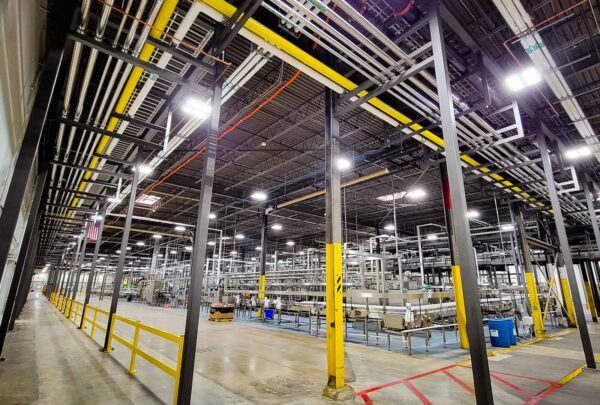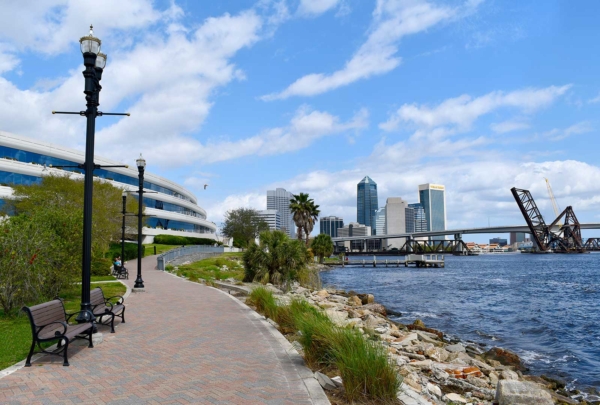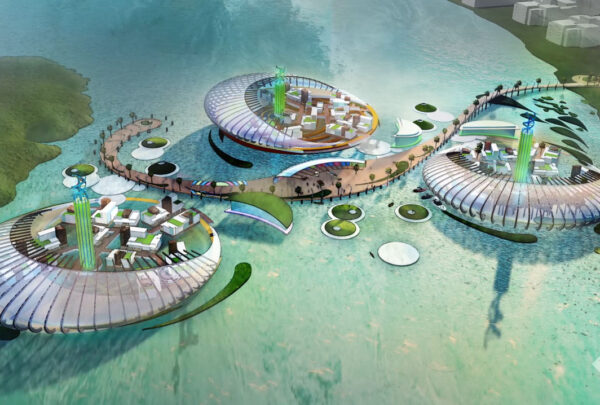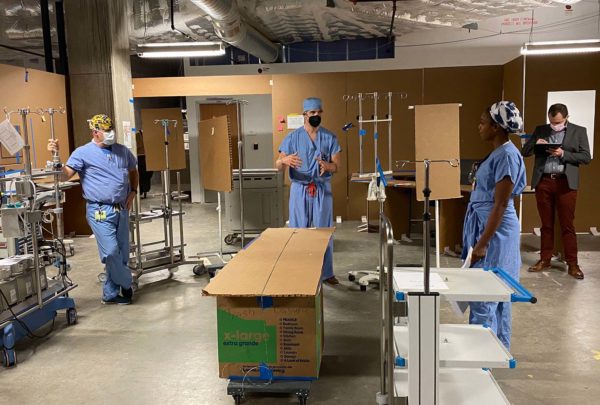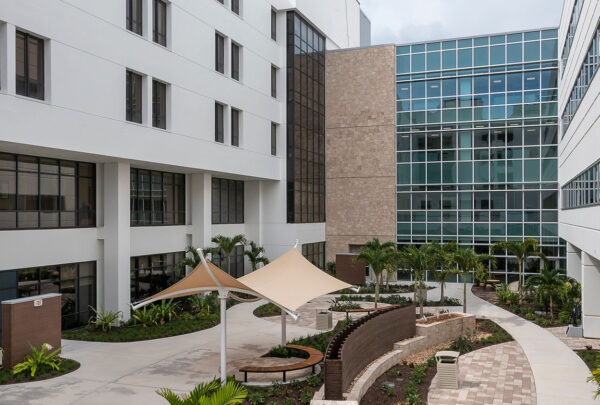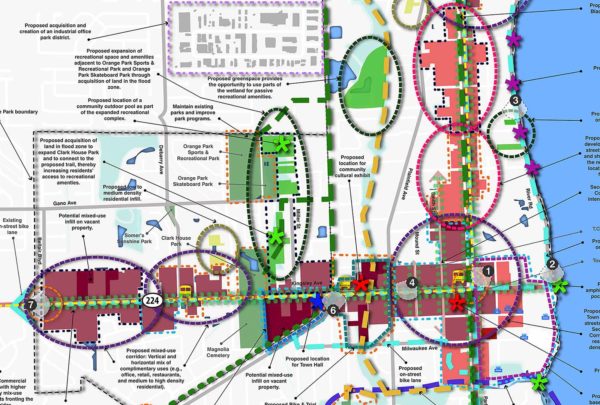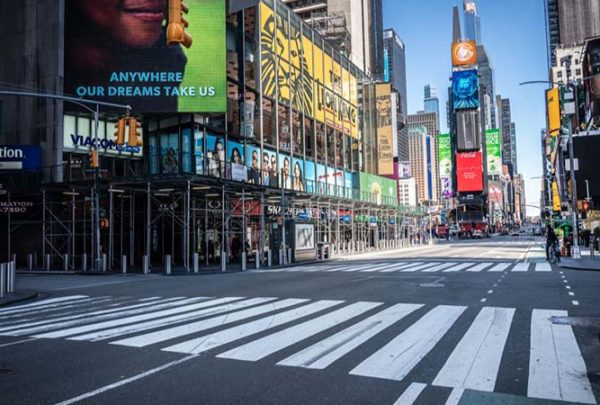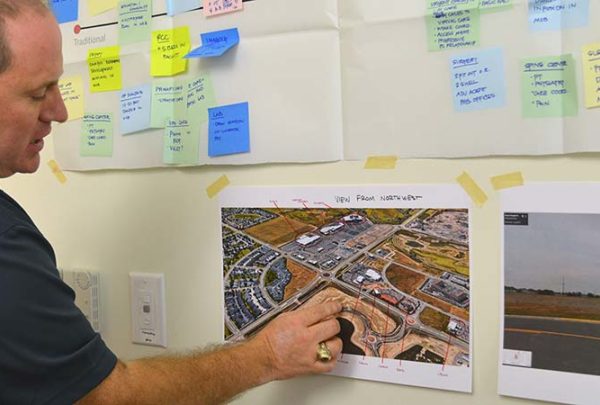When designing for healthcare, we often talk about patient experience. Several design features directly affect patient experience: the apparent ones, such as aesthetics, but also nontangible components integrated within the space that affect comfort, acoustics, and privacy. With constantly improving materials and state-of-the-art technology, even low-budget projects can satisfy those basic demands.
But when it comes to behavioral health those basic requirements present the greatest challenge. You can easily incorporate the most calming palette and soothing graphics but still struggle with acoustics within a patient room because all those good-looking materials have to be—at minimum—easily cleanable, seamless, and secure.
The Challenge of the Emergency Department
Though there are commonalities among the different types of behavioral health facilities, they all create different challenges. When designing a unit within an emergency department, the focus is very clinical. Space planning is essential. The Facility Guidelines Institute provides us with basic requirements, but the most crucial information comes from meeting with the care providers. That’s when you realize how different each facility is and how much their needs vary. For example, some facilities might just need a safe space to hold patients or provide basic medical care; others will ask to incorporate support spaces like laundry services or a tutoring room.
Depending on the region and demographics there may be high pediatric population, alcohol and drug abuse, sporadic cases of intoxication, or a combination of all of these. It is up to the design team to gather all the information they can and create a space flexible enough to consider how differently each of these groups may experience the space. It is a constant balancing act:
- Considering acoustics, which may be important to the therapeutic environment
- Providing access to natural light to support patients’ circadian rhythm
- Avoiding exterior views that may trigger undesired behavior
- Considering privacy
- Maintaining supervision and security
The list goes on. The design must be well thought through and integrated. There is no room for afterthought while supporting all the medical functions of the emergency department.
Keeping Outpatients and Inpatients Safe
A little different approach will be taken with an outpatient facility. Those are often focused on specific age groups or mental conditions. Outpatient facilities maintain a certain level of security but place more emphasis on patients’ long-term recovery and care.
Programming and space planning within outpatient facilities focus more on therapy. While the anti-ligature requirements are a little less stringent than in the ED, we are often reminded that patients visiting these facilities are under huge distress and can suddenly present a threat to their surroundings. We want their experience to be uplifting and non-isolating, but safety must be a top priority.
Working on inpatient facility comes with yet another set of expectations. We are often tasked to design a space that feels like home and maintains the highest level of security and safety. Inpatient facilities integrate patient support spaces like dayrooms, outdoor areas, fitness rooms, and dining rooms to provide patients with daily activities and interactions with staff members and each other. All these spaces present challenges as to how staff can safely remove a patient if he has an episode while causing minimal disruptions and safety issues for other patients in the area. Quiet rooms where patients can be calmed after an episode need to be easily accessible, integrated, and approachable, as do support spaces like nurses’ stations or medication rooms.
Designing for behavioral health involves a balancing act of merging contradictory needs: How do you provide openness and visibility but zone the space in a way that offers coziness and comfort? I once worked with a doctor who believe that one way to achieve a hospitable environment was by placing wall sconces throughout the space. We all agreed that adding different levels of lighting added warmth, but he was extremely disappointed when I presented him with options that were safe but had a more institutional look. Many manufacturers have stepped up their game in developing products specific to behavioral health design, but its complicated nature leaves many holes. As designers, we take those opportunities to be creative and come up with custom solutions that will address the anti-ligature requirements in a less institutional way.

